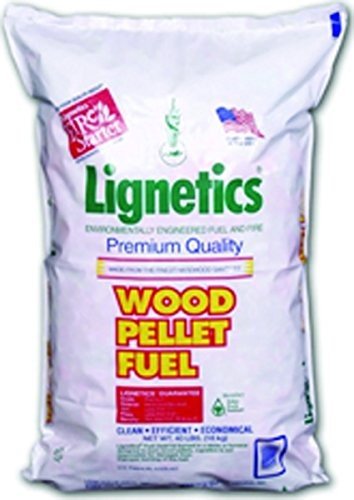Finding the right fuel for your fireplace or stove makes all the difference in enjoying a cozy evening. Whether you prefer traditional wood logs, eco-friendly options, or quick-burning pellets, you’ve got plenty of choices. Let’s explore the best fuels to keep your home warm and inviting all season long.
Fireplace Fuels
Discover the perfect fuels to enhance your fireplace and create a welcoming atmosphere in your home
Product List




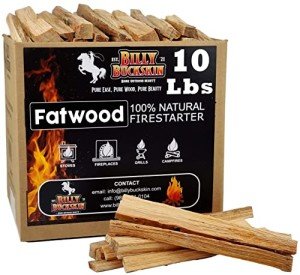
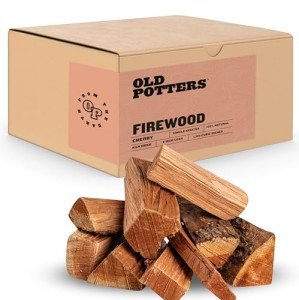

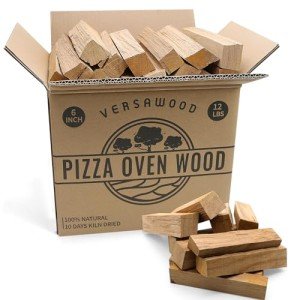
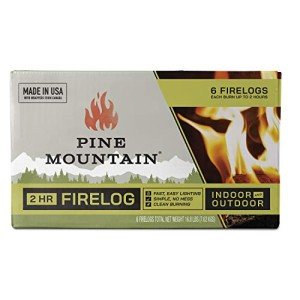
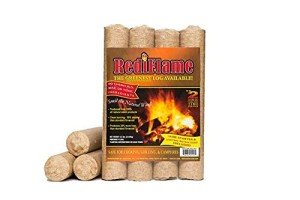


Fireplaces have long been a centerpiece of cozy homes, evoking a sense of warmth and nostalgia as they crackle and glow on chilly evenings. However, one essential aspect that many overlook is the type of fuel used to keep that fire burning. The choice of fireplace fuel can significantly influence not just the ambiance but also the efficiency, safety, and environmental impact of your fire. This blog will guide you through the various types of fuels available for fireplaces, their characteristics, advantages, and disadvantages, as well as offer a table to simplify comparisons.
Types of Fireplace Fuels
Fireplace fuels generally fall into several categories, each with unique properties that affect their performance. Here’s an overview of the most common fireplace fuels:
- Wood
- Pellets
- Gas (Natural and Propane)
- Electric
- Coal
Detailed Breakdown of Fireplace Fuels
| Fuel Type | Characteristics | Advantages | Disadvantages |
|---|---|---|---|
| Wood | Traditional, renewable | Natural aroma; crackles and pops; ambiance | Requires storage; seasonal availability; creosote buildup |
| Pellets | Compressed wood sawdust, uniform | High efficiency; easy to store; minimal ash | Requires a pellet stove; higher upfront cost |
| Natural Gas | Clean-burning, instantaneous | Convenience; no mess; regulated flame | Dependency on gas supply; limited to installations with gas lines |
| Propane | Clean-burning, stored in tanks | Portable; efficient; good for remote locations | Requires a tank refill; higher cost than natural gas |
| Electric | Uses electricity to produce flame | No emissions; easy installation; no fuel storage | Higher operating costs; lacks real flame ambiance |
| Coal | Hard and soft varieties, dense | Long-lasting; heats well | Produces soot; storage requirements; less popular today |
Wood as a Fuel Option
Wood has been the staple fuel for fireplaces for centuries, and it offers several benefits:
Advantages:
- The natural aroma and crackling sounds evoke nostalgia.
- Wood burning can be a sustainable choice if sourced from managed forests.
- It can be less expensive, depending on the region.
Disadvantages:
- It requires considerable storage space, particularly for seasoned wood.
- Burning wood releases smoke and may contribute to indoor air pollution if not burned properly.
- Creosote buildup can pose a fire hazard, requiring regular chimney maintenance.
Pellets: Modern Convenience with Traditional Roots
Using compressed wood pellets can provide a hassle-free experience:
Advantages:
- Highly efficient, producing more heat with less ash.
- Uniform size makes them easy to handle and store.
- Cleaner burning than traditional firewood, resulting in fewer emissions.
Disadvantages:
- Requires specific pellet-burning appliances.
- Initial investment in a pellet stove may be greater than that for wood-burning units.
- Availability can vary, especially in remote areas.
Natural Gas: The No-Fuss Option
Natural gas fireplaces are growing in popularity due to their ease of use:
Advantages:
- Instant ignition and temperature control make them very convenient.
- No need for wood storage or clean-up.
- Produces heat without generating significant smoke.
Disadvantages:
- Dependent on a gas supply, which may be interrupted.
- Installation can be expensive if gas lines are not already present.
- While cleaner than wood, it still emits greenhouse gases.
Propane for Versatility
Propane fireplaces are ideal for homes without natural gas connections:
Advantages:
- Portable and can be used in outdoor settings.
- Highly efficient and burns cleanly.
Disadvantages:
- Requires regular tank refills.
- Costs can be higher than other fuels.
Electric Fireplaces: A Modern Solution
Electric fireplaces provide a hassle-free alternative:
Advantages:
- No emissions or smoke, making them very clean.
- Easy installation—no flues or venting required.
- Requires no fuel storage.
Disadvantages:
- Generally, they don’t provide the warmth of traditional fires unless high-output models are used.
- The ambiance of a real flame cannot be fully replicated.
- Higher energy costs depending on local electricity rates.
Coal: The Classic Fuel
Though less common today, coal has specific uses:
Advantages:
- Burns longer than wood, delivering consistent heat.
- High energy density provides significant warmth.
Disadvantages:
- Requires considerable storage.
- Produces soot and ash—cleaning can be labor-intensive.
- Less environmentally friendly due to emissions.
FAQ Section
1. Which fireplace fuel is the most environmentally friendly?
Wood can be sustainable if sourced from managed forests, while electric fireplaces produce zero emissions. However, the electricity source will vary in environmental impact.
2. How often should I clean my fireplace if I use wood?
It is recommended to have your chimney inspected and cleaned at least once a year, ideally before the heating season starts.
3. Can I switch fireplace fuels easily?
Switching may be possible, but it typically requires new appliances. Always consult with a professional before making changes.
4. What safety equipment do I need for my fireplace?
Some essentials include smoke detectors, carbon monoxide detectors, and a fire extinguisher.
5. Are pellet stoves worth the investment?
Yes, if you prioritize efficiency and ease of use, pellet stoves may save you time and money in the long run.
Choosing the right fireplace fuel depends on your individual needs, preferences, and environmental considerations. From the traditional warmth of wood to the modern convenience of electric and gas options, each fuel type has its own set of pros and cons. Taking the time to consider these factors will allow homeowners to select the best fuel for their fireplaces, ensuring a cozy and efficient experience every time.
With this guide, you’re now better prepared to make an informed choice that not only enhances your home’s ambiance but also reflects your lifestyle and values.

